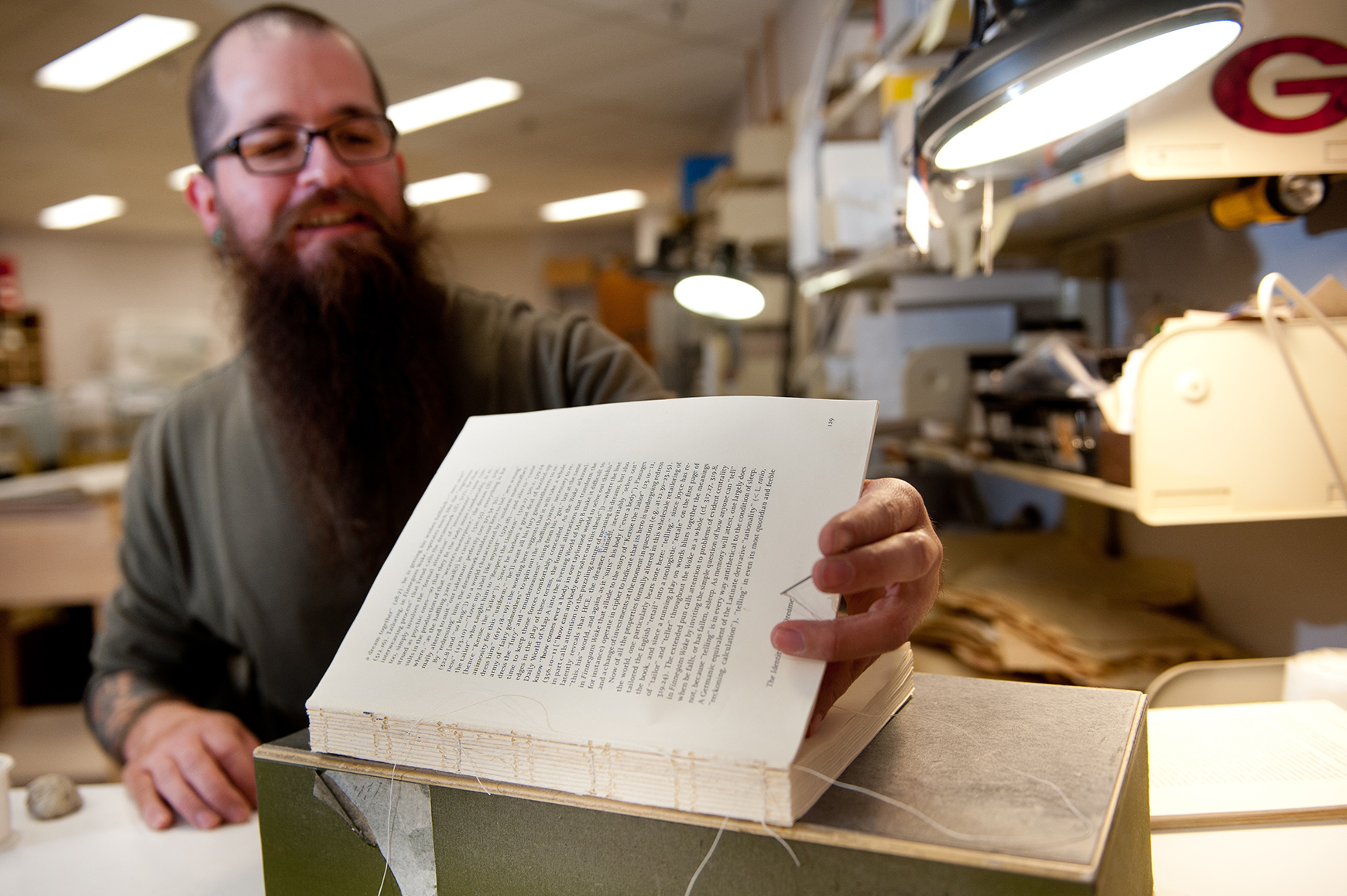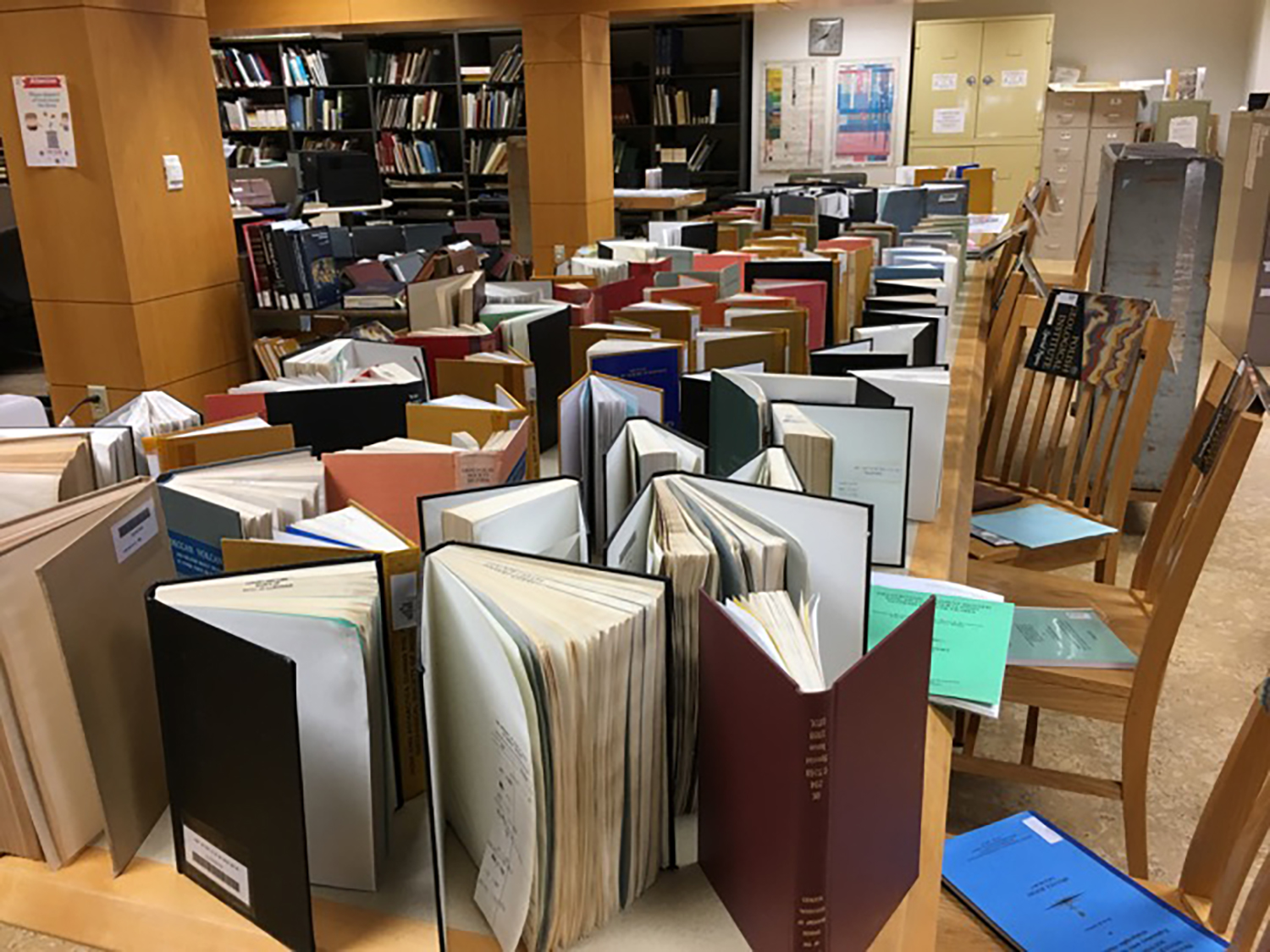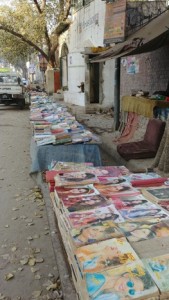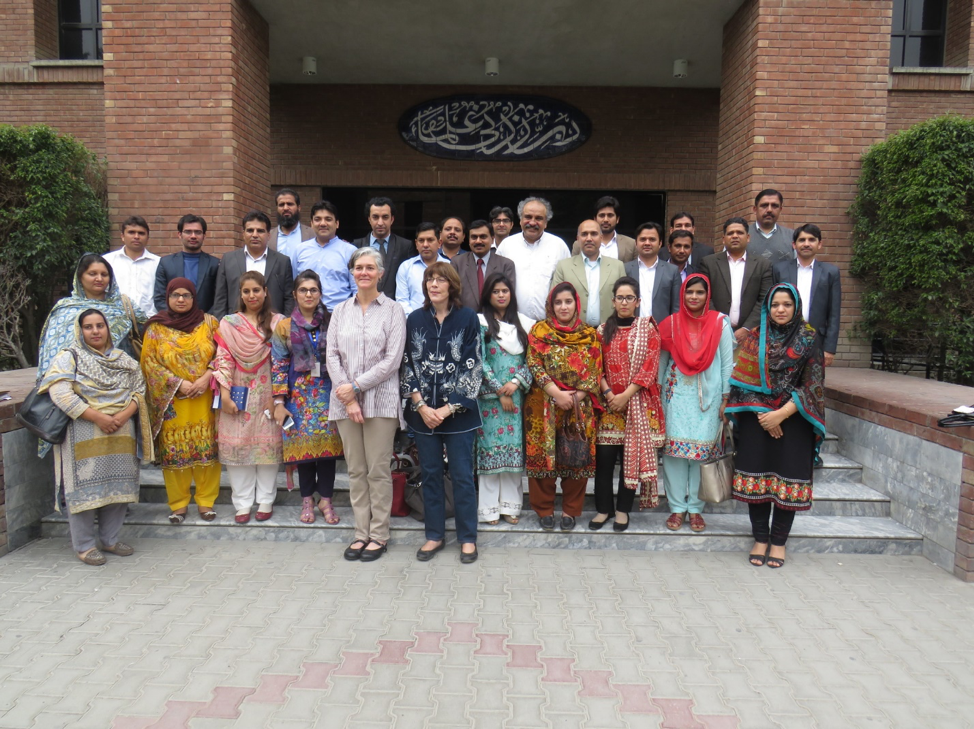Over the past several months, our Fine Arts Library has been the subject of debate as the College of Fine Arts considered space to serve as a home to the new School for Design and Creative Technologies (SDCT).
Interested faculty and students joined together last fall to protest any further changes to the library after the opening of the Foundry and the conversion of the 4th floor into classrooms for the SDCT, and in response the dean of the college, Douglas Dempster, called for the formation of two working groups to explore and address the future of spaces in the Fine Arts Library in Doty Fine Arts Building (DFA).
The first, under the leadership of the UT Libraries — the Fine Arts Library Task Force — was asked to explore and evaluate the alternatives to having the Fine Arts collection on the fifth floor of DFA — in part or whole — and explore the drawbacks and advantages of those alternatives.
The second — the School of Design and Creative Technologies Space Planning Task Force — considered a) what facilities our new programs need and b) what spaces in the College of Fine Arts, throughout all our buildings and facilities in every department and school, could accommodate these expanding programs.
The Fine Arts Library Task Force completed its work at the beginning of April and submitted its findings outlining a range of feasible scenarios for ensuring continued, ready access to the collections at the library to Dean Dempster and Vice Provost Lorraine Haricombe. Dempster and Haricombe reviewed the documents and formed a set of recommendations which were conveyed to UT Provost Maurie McInnis for consideration. On April 6, McInnis accepted the recommendations to maintain and enhance the 5th floor of the Fine Arts Library to serve the stakeholders in the College of Fine Arts and the larger university community.
“The decision by the provost to accept the recommendations for the future of the Fine Arts Library will provide the best possible outcomes for all concerned members of the UT community,” says Haricombe. “The positive conclusions are the result of many months of productive, collaborative dialogue with stakeholders and a discovery process that examined the multiplicity of considerations for how best the library can serve its users. We look forward to continuing our work serving the needs of the College of Fine Arts and the entire campus at The University of Texas at Austin.”
All relevant documents related to the decision-making process for the Fine Arts Library can be found at the Future of the Fine Arts Library webpage.
For a thorough overview of the FAL matter, check out the following articles which appeared in the Austin Chronicle:
Changes at UT’s Fine Arts Library Cause a Rift in the College of Fine Arts
Update: Fate of UT’s Fine Arts Library






















